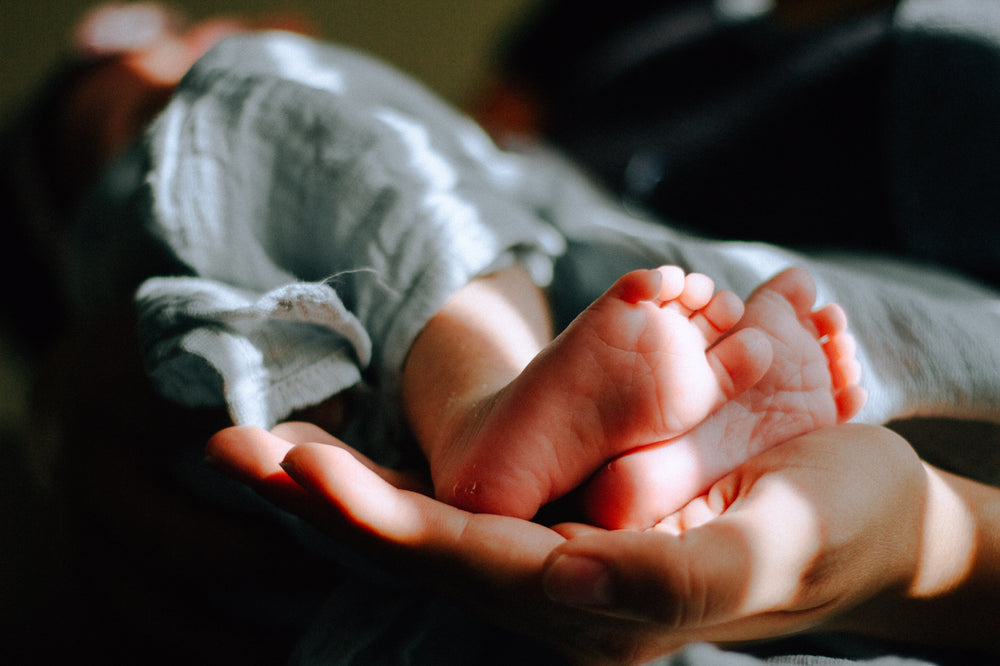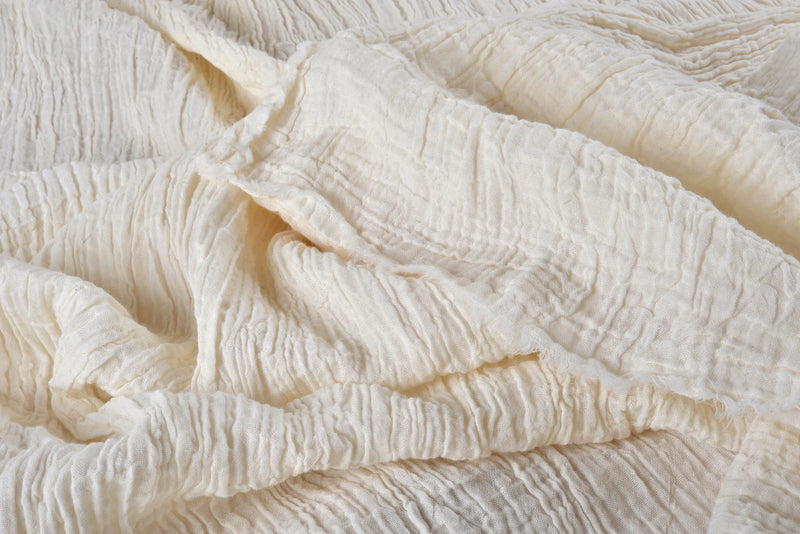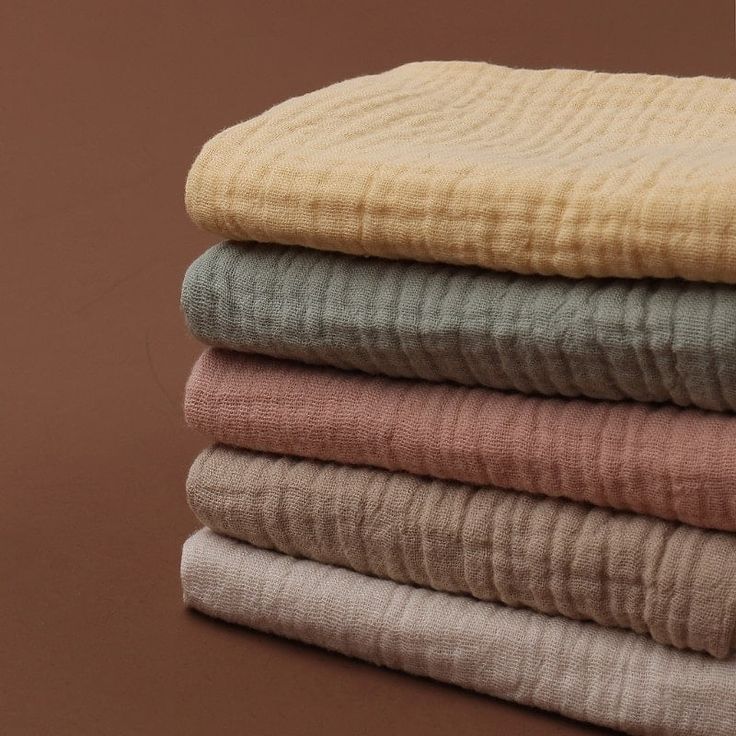Preparation is Key
The baby-proofing journey begins before your little one starts crawling. Take a proactive approach by getting down to your baby's eye level to identify potential hazards. This perspective allows you to see the world from their viewpoint and recognize potential dangers.
Secure Furniture and Electronics
Babies are notorious for pulling themselves up on furniture. Ensure bookshelves, dressers, and other heavy furniture items are securely anchored to the wall to prevent tipping. Secure cords and cables from electronics, and consider investing in cord organizers to keep them out of reach.Install Safety Gates
As your baby becomes mobile, safety gates become essential. Install gates at the top and bottom of staircases and in doorways to restrict access to potentially hazardous areas. Choose gates that are sturdy and easy for adults to operate.Protect Sharp Corners and Edges
Babies love to explore by touching and feeling everything in their path. Use corner and edge guards to protect your little one from sharp corners on furniture and countertops. Soft, padded covers are readily available and easily attachable to reduce the risk of bumps and bruises.Secure Cabinets and Drawers
Lock away potentially dangerous items by installing childproof locks on cabinets and drawers. This includes kitchen cabinets with cleaning supplies and sharp utensils, as well as bathroom cabinets with medications and toiletries.Cover Electrical Outlets
Outlet covers are simple yet effective tools to prevent little fingers from exploring electrical outlets. Opt for sliding outlet covers that automatically close when a plug is removed for added convenience.Choose Child-Safe Window Coverings
Corded blinds and curtains pose a strangulation risk for curious toddlers. Opt for cordless window coverings or install safety devices to keep cords out of reach.Monitor Appliance Safety
Kitchen appliances can be fascinating to little ones. Use stove knob covers to prevent accidental turning of burners, and ensure that the handles of pots and pans are turned inward to avoid spills.Bathroom Safety Measures
Bathrooms can be filled with potential hazards. Lock away medications and toiletries, secure heavy appliances like hairdryers, and use non-slip mats in the tub to prevent slips.Choose Safe Toys and Play Areas
Create a designated and well-supervised play area for your baby. Ensure that toys are age-appropriate, free of small parts that could be a choking hazard, and made from non-toxic materials.Anchor Rugs and Carpets
Secure rugs and carpets with non-slip pads to prevent slips and falls. Babies learning to walk may use furniture to pull themselves up, and anchored rugs provide added stability.Stay Vigilant and Educate Yourself
Baby-proofing is an ongoing process, and as your child grows, new challenges may arise. Stay vigilant, and continuously educate yourself on potential hazards. Regularly reassess and update your baby-proofing measures to accommodate your child's developmental milestones.Happy Baby-Proofing! Did we miss anything? Feel free to let us know!






